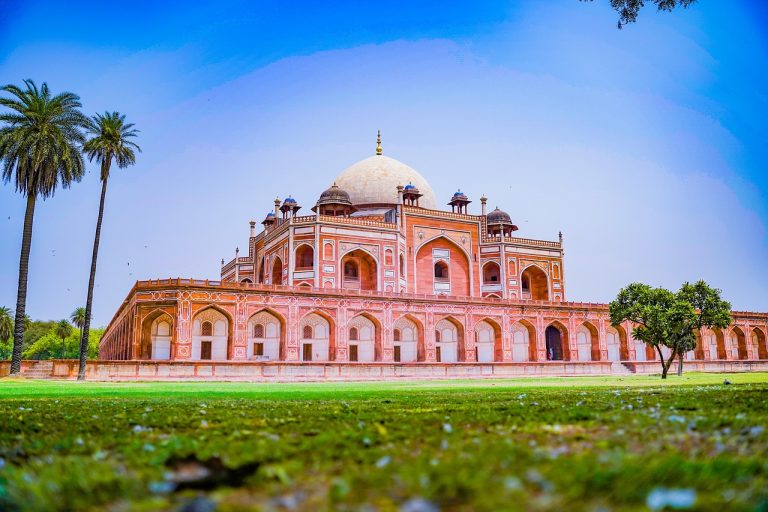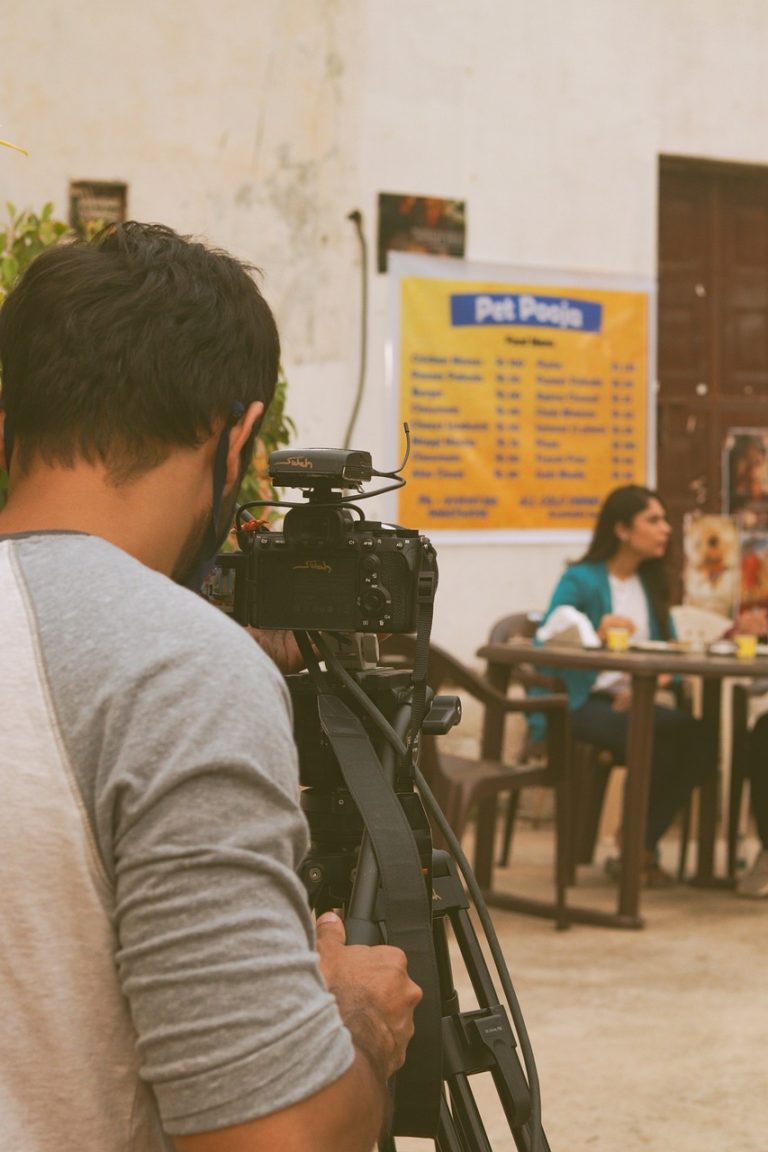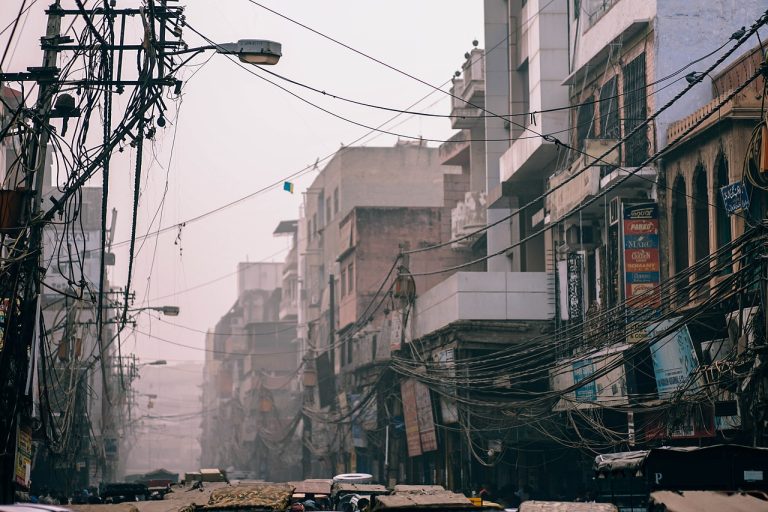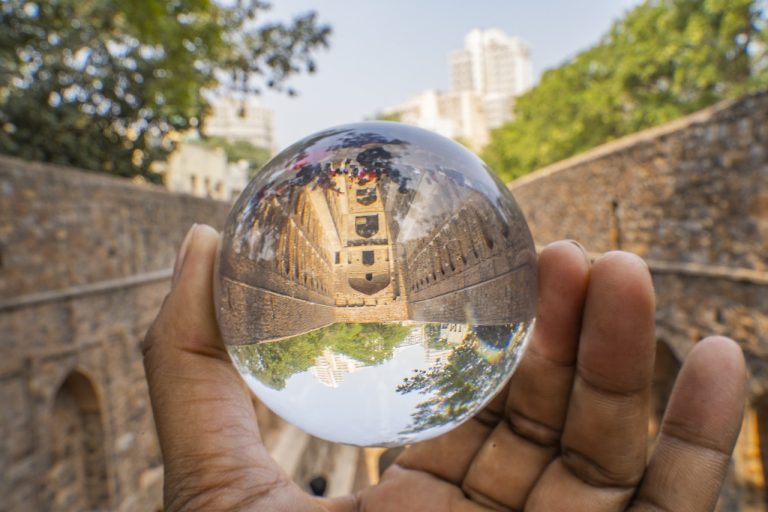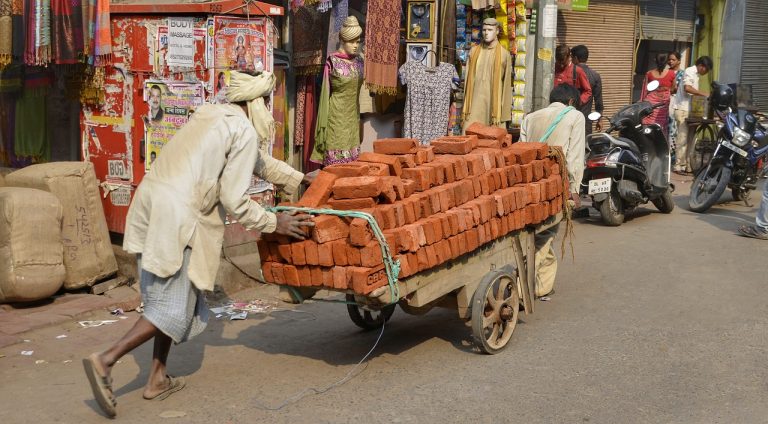Delhi India Video
Social and Cultural Impact of Delhi India
Delhi, the capital city of India, is a melting pot of cultures and traditions. With a rich history spanning thousands of years, Delhi has witnessed the rise and fall of several empires, shaping its social and cultural fabric. This article delves into the social and cultural impact of Delhi, exploring various aspects that make the city unique and vibrant.
Historical Significance
- Qutub Minar: Standing tall at 73 meters, the Qutub Minar is a UNESCO World Heritage Site and a symbol of Delhi’s historical significance. It was built in the 12th century and showcases the architectural marvel of the Delhi Sultanate.
- Red Fort: The Red Fort, also known as Lal Qila, is another iconic landmark in Delhi. Built by the Mughal Emperor Shah Jahan in the 17th century, it served as the residence of the Mughal emperors for nearly 200 years.
- Jama Masjid: Located near the Red Fort, the Jama Masjid is one of the largest mosques in India. Built by Shah Jahan in the 17th century, it stands as a symbol of religious harmony and architectural brilliance.
The Qutub Minar is a major tourist attraction, drawing visitors from around the world who are fascinated by its intricate carvings and rich history. It serves as a reminder of Delhi’s ancient past and the influence of different dynasties that ruled over the city.
The Red Fort is a testament to the grandeur and opulence of the Mughal era. It is an architectural masterpiece, with its red sandstone walls and intricate designs. The fort is now a UNESCO World Heritage Site and hosts the annual Independence Day celebrations of India.
The Jama Masjid attracts both tourists and devotees, who come to admire its stunning architecture and offer prayers. It reflects the cultural diversity and religious tolerance that Delhi embraces.
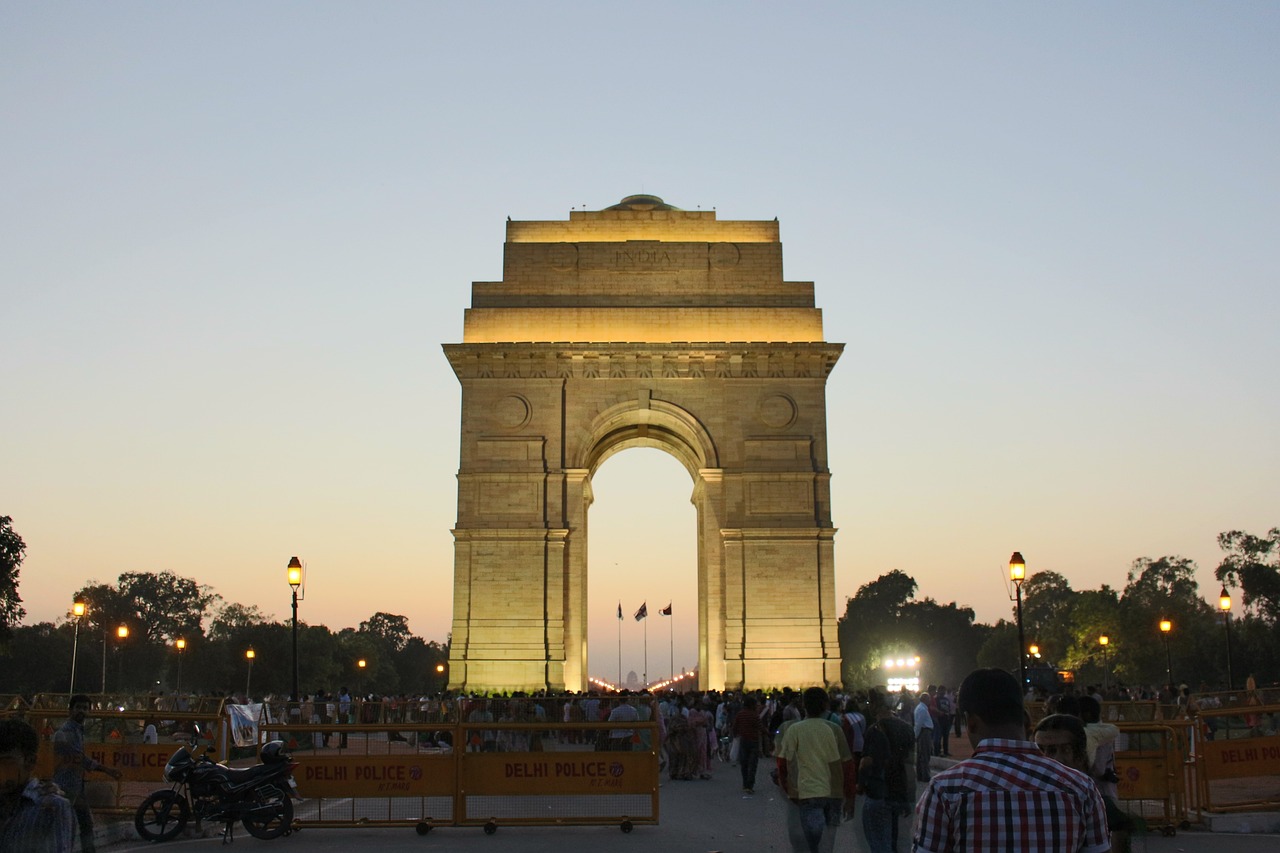
Art and Literature
- National Gallery of Modern Art: The National Gallery of Modern Art in Delhi houses a vast collection of modern and contemporary Indian art. It showcases the works of renowned artists, providing a platform for artistic expression and promoting cultural diversity.
- Delhi Book Fair: The Delhi Book Fair is a significant event for literature lovers. It brings together publishers, authors, and readers from across the country, offering a platform to showcase and explore diverse literary works.
- Kathak Dance: Delhi is known for its vibrant dance culture, and Kathak holds a special place in the city’s artistic traditions. Kathak, a classical Indian dance form, originated in northern India and has been preserved and practiced in Delhi for centuries.
Art enthusiasts and visitors can explore various art forms, including paintings, sculptures, and installations. The gallery also organizes exhibitions, workshops, and seminars to foster a deeper understanding and appreciation of art.
The fair promotes reading habits and encourages the exchange of ideas. It plays a crucial role in shaping Delhi’s literary landscape and nurturing a love for books among the city’s residents.
Delhi’s dance academies and cultural events provide a platform for Kathak dancers to showcase their skills and pass on this beautiful art form to future generations. Kathak performances captivate audiences with their grace, rhythm, and storytelling.
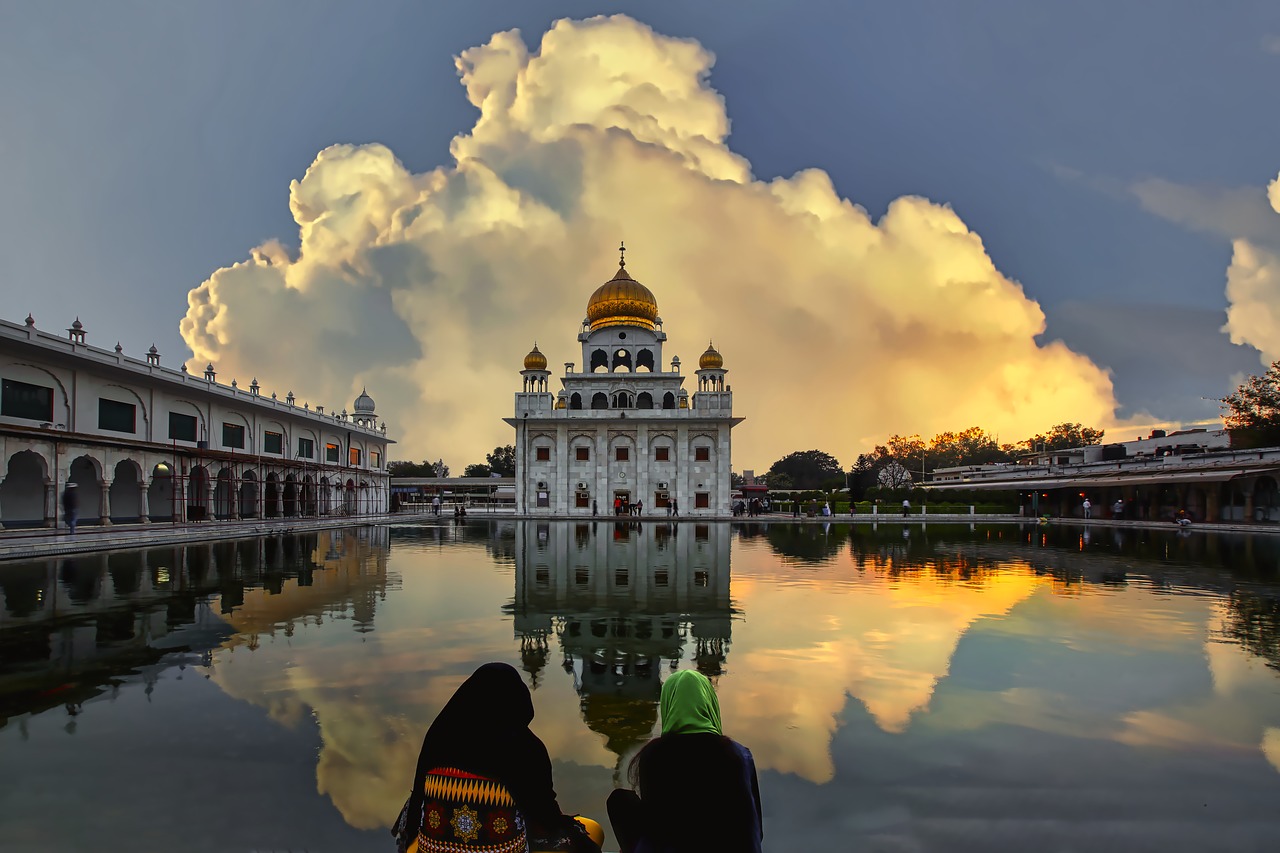
Festivals and Celebrations
- Diwali: Diwali, also known as the Festival of Lights, is one of the most significant festivals celebrated in Delhi. It marks the victory of light over darkness and is associated with the mythological story of Lord Rama’s return to Ayodhya after defeating the demon king Ravana.
- Holi: Holi, the festival of colors, is another major celebration in Delhi. It signifies the arrival of spring and the triumph of good over evil. Participants playfully throw colored powders and water at each other, creating a joyful and colorful spectacle.
- Eid: Delhi is home to a significant Muslim population, and Eid-ul-Fitr and Eid-ul-Adha are celebrated with great enthusiasm. These festivals mark the end of Ramadan, a month of fasting and spiritual reflection for Muslims.
During Diwali, Delhi comes alive with vibrant decorations, illuminated streets, and firework displays. People exchange gifts, visit temples, and indulge in traditional sweets, creating a festive atmosphere.
Delhi’s streets and parks become a canvas of vibrant hues during Holi, with people of all ages coming together to celebrate and spread happiness. The festival promotes unity and inclusivity, breaking barriers of caste, creed, and social status.
Delhi’s mosques, such as the Jama Masjid, witness large congregations for special prayers. Families gather to exchange greetings, share feasts, and engage in acts of charity, fostering a sense of community and brotherhood.

Economic Growth and Urbanization
- IT and Business Hubs: Delhi has emerged as a thriving center for information technology (IT) and business services. Areas like Gurgaon and Noida house numerous multinational companies, attracting skilled professionals from across the country and abroad.
- Shopping and Entertainment: Delhi is renowned for its bustling markets and shopping destinations. From traditional bazaars like Chandni Chowk to modern malls like Select Citywalk, the city offers a diverse range of shopping experiences.
- Food Culture: Delhi’s food culture is a reflection of its diverse population. The city is famous for its street food, such as chaat, kebabs, and parathas. The bustling food markets and iconic eateries like Karim’s and Paranthe Wali Gali attract food enthusiasts from far and wide.
The presence of these IT and business hubs has contributed to Delhi’s economic growth and provided employment opportunities. It has also led to the development of modern infrastructure, including world-class office spaces and residential complexes.
Delhi’s entertainment scene is equally vibrant, with multiplexes, theaters, and cultural centers hosting various performances, concerts, and events. The city’s residents have access to a wide array of recreational activities and entertainment options.
Delhi’s culinary landscape also showcases a fusion of flavors from different regions of India and beyond. The city’s restaurants offer a wide range of cuisines, catering to various tastes and preferences.
Conclusion
Delhi’s social and cultural impact is undeniable. The city’s historical landmarks, artistic expressions, festivals, and economic growth have shaped its identity and made it a vibrant cosmopolitan hub. Delhi’s rich heritage, combined with its modern developments, creates a unique blend of tradition and progress. The city continues to evolve, embracing its multiculturalism and fostering a sense of unity among its diverse population.
References
– National Gallery of Modern Art: ngmaindia.gov.in
– Delhi Book Fair: delhibookfair.in
– Qutub Minar: asi.nic.in
– Red Fort: redfortdelhi.co.in
– Jama Masjid: jama-masjid-delhi.com



